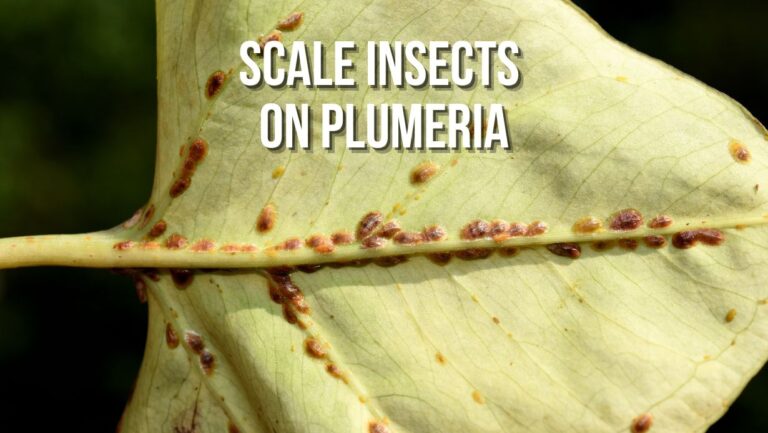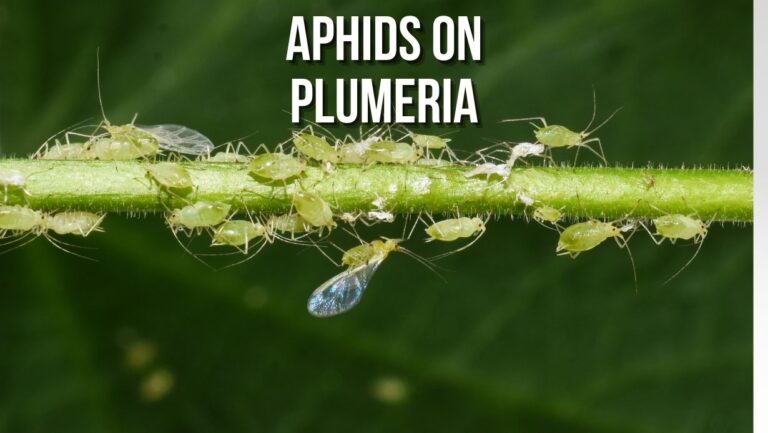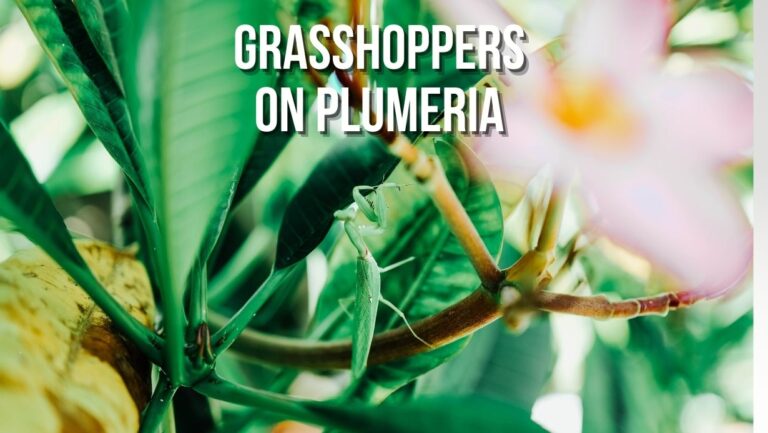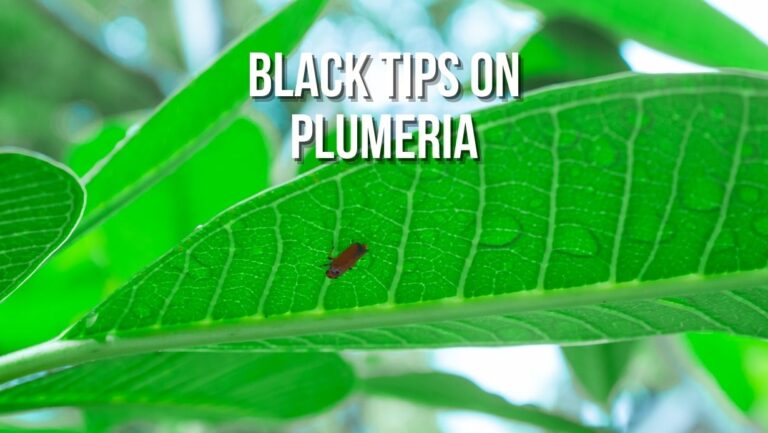
Spider mites are tiny arachnids that can cause significant damage to plumeria plants if left unchecked. These minuscule pests are known for their ability to reproduce rapidly, leading to infestations that can quickly devastate the health and appearance of your beloved plumeria. In this article, we will explore the causes, treatment, and prevention of spider mite infestation in plumeria, equipping you with the knowledge and strategies necessary to protect your plants.
Understanding Spider Mites
What are spider mites?
Spider mites are not actual insects but rather arachnids belonging to the Tetranychidae family. These microscopic pests measure about 1/50th of an inch in size, making them barely visible to the naked eye. Despite their small stature, they can wreak havoc on plumeria plants, especially in warmer climates.
Life cycle of spider mites
Spider mites undergo several developmental stages, starting as eggs and progressing through nymphal stages before becoming adults. Under favorable conditions, such as warm temperatures and low humidity, their life cycle can be as short as one to three weeks, leading to rapid population growth and infestation.
Signs and Symptoms of Spider Mite Infestation
Detecting spider mite infestations in plumeria requires careful observation of specific symptoms. Look for fully developed leaves with a yellow stripe down the midrib or bronzing on the upper leaf surface. Spider mites often create webbing between the midrib and upper leaf surface, as well as between the base of the leaf petiole and the plant stem. These signs, along with deformed leaves, abnormally forming bloom clusters, blistered tissue, necrotic spots, leaf drop, or shoot tip dieback, suggest a possible infestation of spider mites.
Detecting spider mite infestations early is crucial for effective treatment. Here are some signs and symptoms to watch out for:
Tiny webs and silk threads
One of the telltale signs of spider mite infestation is the presence of fine webbing on your plumeria plants. These webs can often be found on the undersides of leaves, where the mites congregate.
Yellowing and stippling of leaves
Spider mites feed on the sap of plumeria leaves, causing yellowing and stippling. Leaves may develop a mottled appearance, with small yellow spots or specks on the surface.
Webbing on the undersides of leaves
As the infestation progresses, you may notice an increase in webbing on the undersides of leaves. This webbing is used by spider mites for protection and can be a clear indication of their presence.
Distorted growth and leaf drop
Severe spider mite infestations can lead to distorted growth and stunted development of plumeria plants. Additionally, leaves may start to wilt, turn brown, and eventually drop prematurely.
Causes of Spider Mite Infestation in Plumeria
Understanding the causes of spider mite infestation is essential in preventing their occurrence. Here are some common factors that contribute to spider mite problems in plumeria:
Environmental conditions
Spider mites thrive in warm and dry environments, making plumeria plants in such conditions more susceptible to infestation. High temperatures combined with low humidity provide an ideal breeding ground for these pests.
Lack of humidity
Insufficient humidity levels can weaken plumeria plants, making them more susceptible to spider mite infestations. Dry air also hinders the development of natural predators that can help control mite populations.
Overcrowding and lack of airflow
Plumeria plants that are overcrowded or lack proper airflow are more prone to spider mite infestations. Good air circulation helps to deter mites and promotes a healthier growing environment for your plants.
Weakened plants and stress
Weak or stressed plumeria plants are more vulnerable to spider mite infestations. Factors such as nutrient deficiencies, inadequate watering, and physical damage can weaken the plants’ defenses, making them an easy target for mites.
Treatment and Prevention of Spider Mite Infestation
Controlling spider mite infestations in plumeria requires a combination of treatment methods and preventive measures. Here are some strategies you can implement:
- Keep the growing area clean: Regularly clean the area around your plumeria plants, removing fallen leaves and debris. This practice helps eliminate potential hiding places and breeding grounds for spider mites.
- Remove badly infected leaves: Carefully remove and dispose of leaves that are heavily infested with spider mites. This step helps prevent the spread of the infestation to healthy parts of the plant.
- Blast leaves with water: Use a water hose to thoroughly spray the leaves, both on the upper and undersides. The force of the water can dislodge and remove spider mites, reducing their population.
- Improve air circulation: Ensure proper air circulation in the growing area. If possible, move the plants to a more open and sunny location. Improved airflow discourages the development of spider mites.
- Use horticultural oils: Consider using horticultural oils, such as Neem Oil, to treat spider mites. Apply the oil as directed, targeting the top and undersides of the leaves. However, exercise caution and use these oils only during cool and winter seasons, as direct sun and heat can potentially burn the leaves in summer.
- Practice Integrated Pest Management (IPM): Adopt an IPM approach to prevent and manage spider mite infestations. This includes a combination of cultural practices, regular inspection, biological controls, and, if necessary, targeted chemical treatments. Consult with a professional or your local garden center for specific recommendations.
By implementing these treatment and prevention measures, you can effectively manage and control spider mite infestations in plumeria, protecting the health and vitality of your plants.
Conclusion
Spider mite infestation can pose a significant threat to the health and vitality of plumeria plants. By understanding the causes, signs, and treatment options, you can take proactive steps to prevent and control these tiny pests. Regular inspection, cultural control methods, and a balanced approach to pest management will go a long way in safeguarding your plumeria plants and preserving their beauty.




